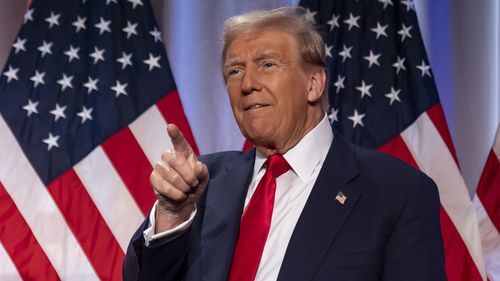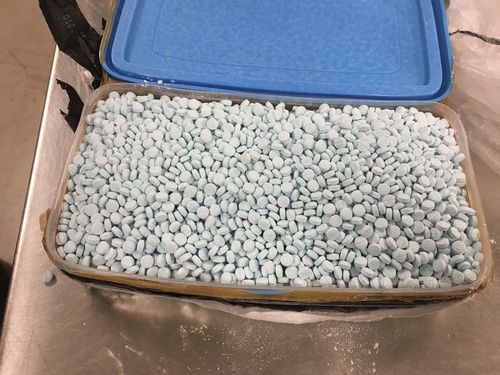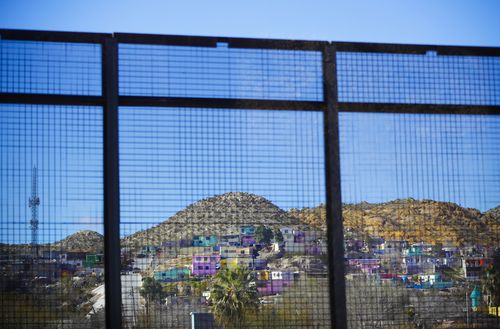Donald Trump threatened to impose comprehensive tariffs for China and other countries because he failed to stop drug shipments to the US.
This week, the US president-elect announced that he would impose 25 percent tariffs on imports from China, Mexico and Canada when he takes office.
But Trump took China a step further, singling out the emerging superpower for its role in America’s opioid crisis, which kills thousands of Americans each year.
READ MORE: Donald Trump’s presidential cabinet chooses the targets of bomb threats

In a post on his site, Truth Social, he said he wants to impose an “additional 10 percent tariff” on imports from China until the flow of illicit drugs, particularly fentanyl, dries up.
Trump said he had “many conversations with China about the massive amounts of drugs, particularly fentanyl, being shipped to the United States — but to no avail.”
But China disputed his claims about the flow of deadly synthetic opioids into the US.
A foreign ministry spokesman said: “China is one of the world’s toughest countries in the fight against narcotics, both in terms of policy and in terms of its implementation. Fentanyl is a problem for the US. In the spirit of humanity, China has supported the US response to this issue .”
What is fentanyl?
Fentanyl, a synthetic opioid that is up to 100 times stronger than heroin, is a central driver of the overdose crisis in the US.
In 2022, it was associated with about 71,000 of the more than 100,000 reported drug overdose deaths in the US.
Even a dose of two milligrams can be fatal.
READ MORE: Woman accused of trying to drown two girls in Sydney

How much is supplied from China?
While fentanyl and other synthetic opioids are smuggled into the US by Mexican cartels, almost all of the global supply comes from China.
Exporters in China avoid directly shipping illegal fentanyl to the US by sending precursor chemicals to Mexico, where they can be made into fentanyl and moved to the US.
Global law enforcement expert John Coyne, of the Australian Strategic Policy Institute, told 9news.com.au it was difficult to determine whether the Chinese government was turning a blind eye.
“We are talking about a pharmaceutical and chemical industry that has grown over several decades,” he said.
“There are tens of thousands of objects, so matching them all up is an incredibly challenging activity.”
He also pointed to the findings of an investigation by the US government that pointed out that China was helping the trade.
“In some provinces, subsidies are offered to companies that have no purpose other than to produce chemical precursors for the production of fentanyl,” Coyne said.

What is China doing to stop the flow of fentanyl to the US?
Talks between Beijing and Washington on the fentanyl crisis were sparked last year when US President Joe Biden met with Chinese leader Xi Jinping.
China has since been putting in precursor chemicals that are banned globally, in an attempt to regulate what is available to the public.
But it has had little effect in reducing the opioid crisis in the US.
While China insists the scourge is essentially an American problem, Coyne points to the Chinese government’s vast security apparatus as a potential weapon to curb exports of chemical precursors.
He says that claims by Trump and other American right-wingers that Beijing is deliberately trying to undermine the US with fentanyl are completely incomprehensible.
“It’s more that China chooses not to deal with the issue.”
